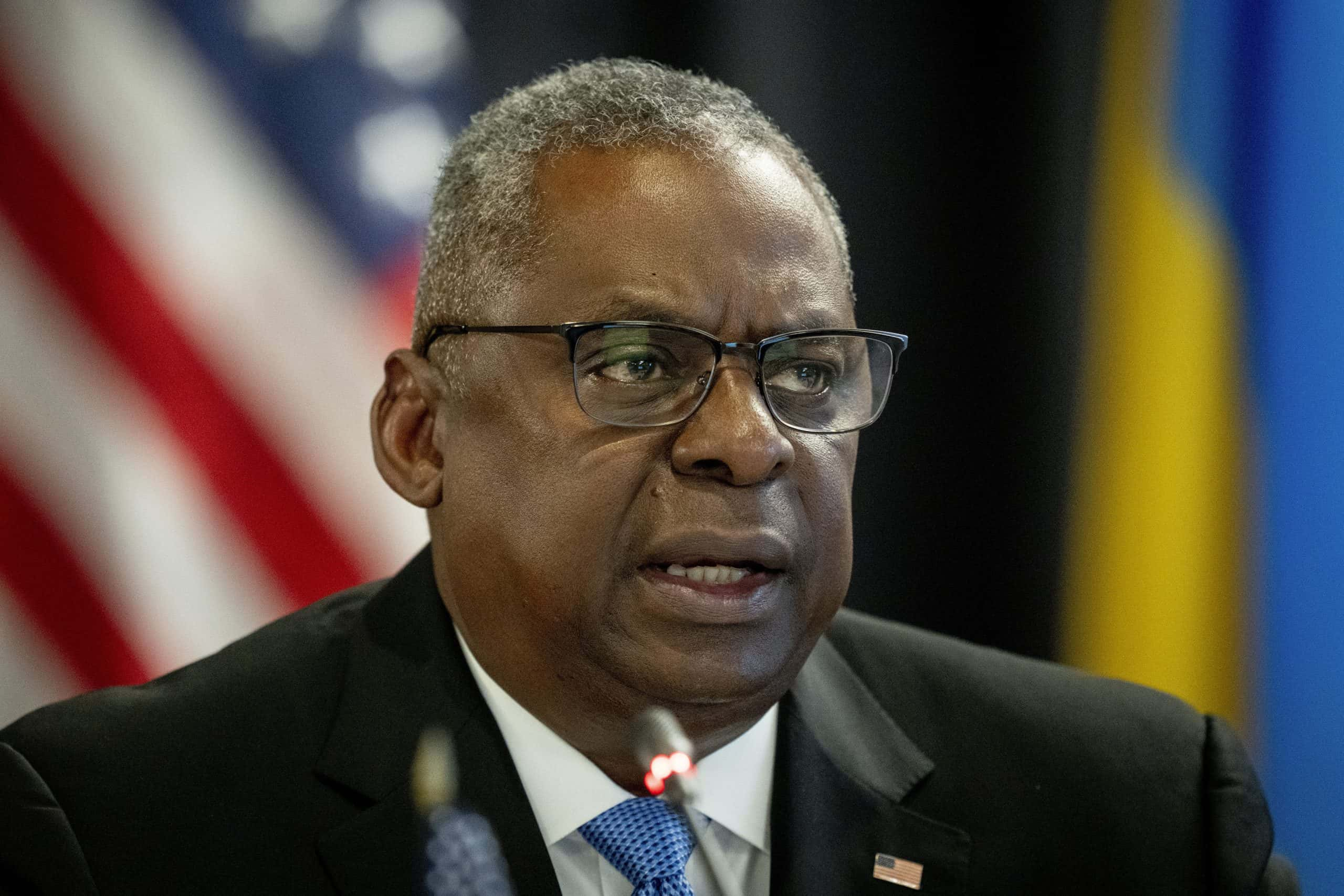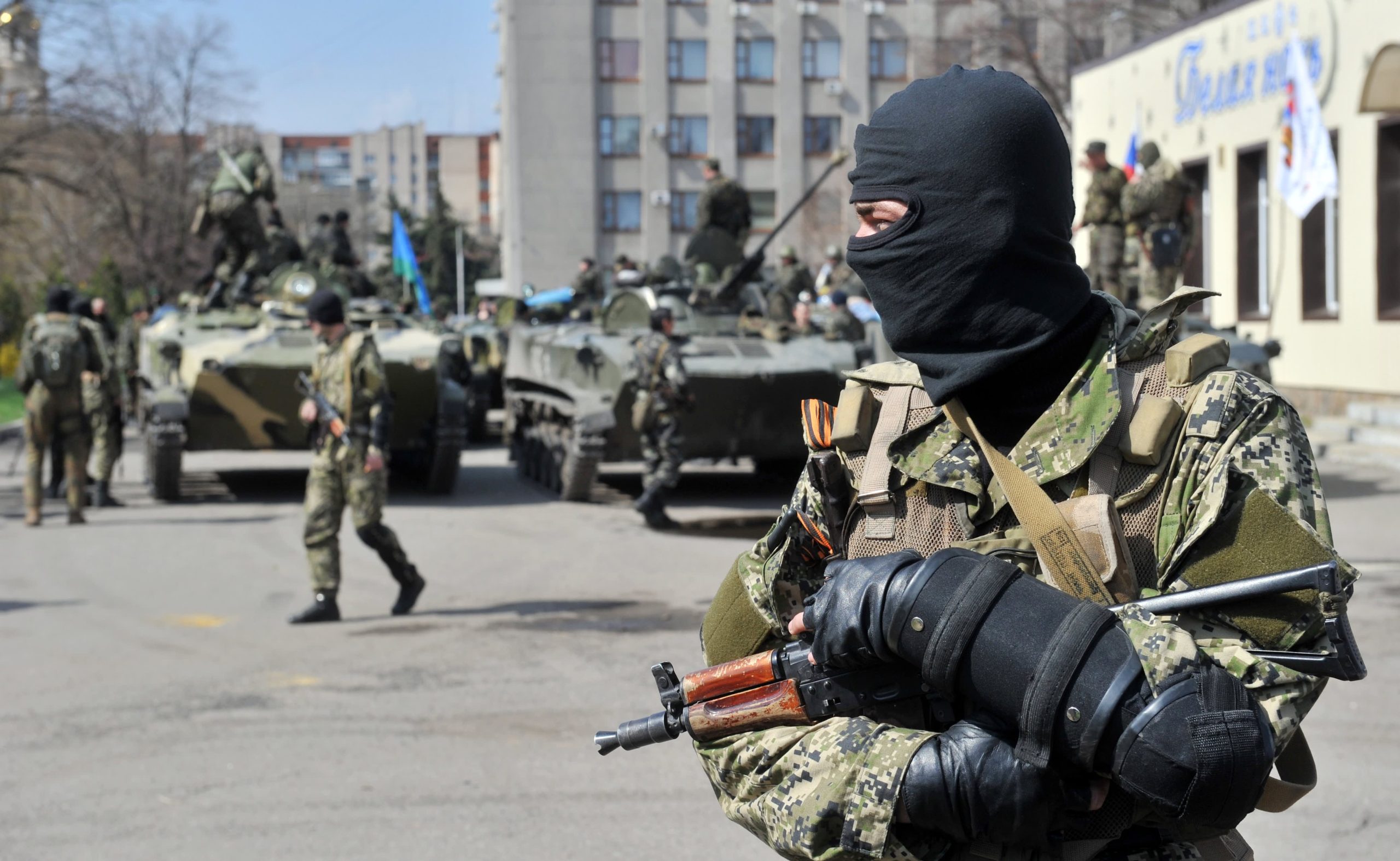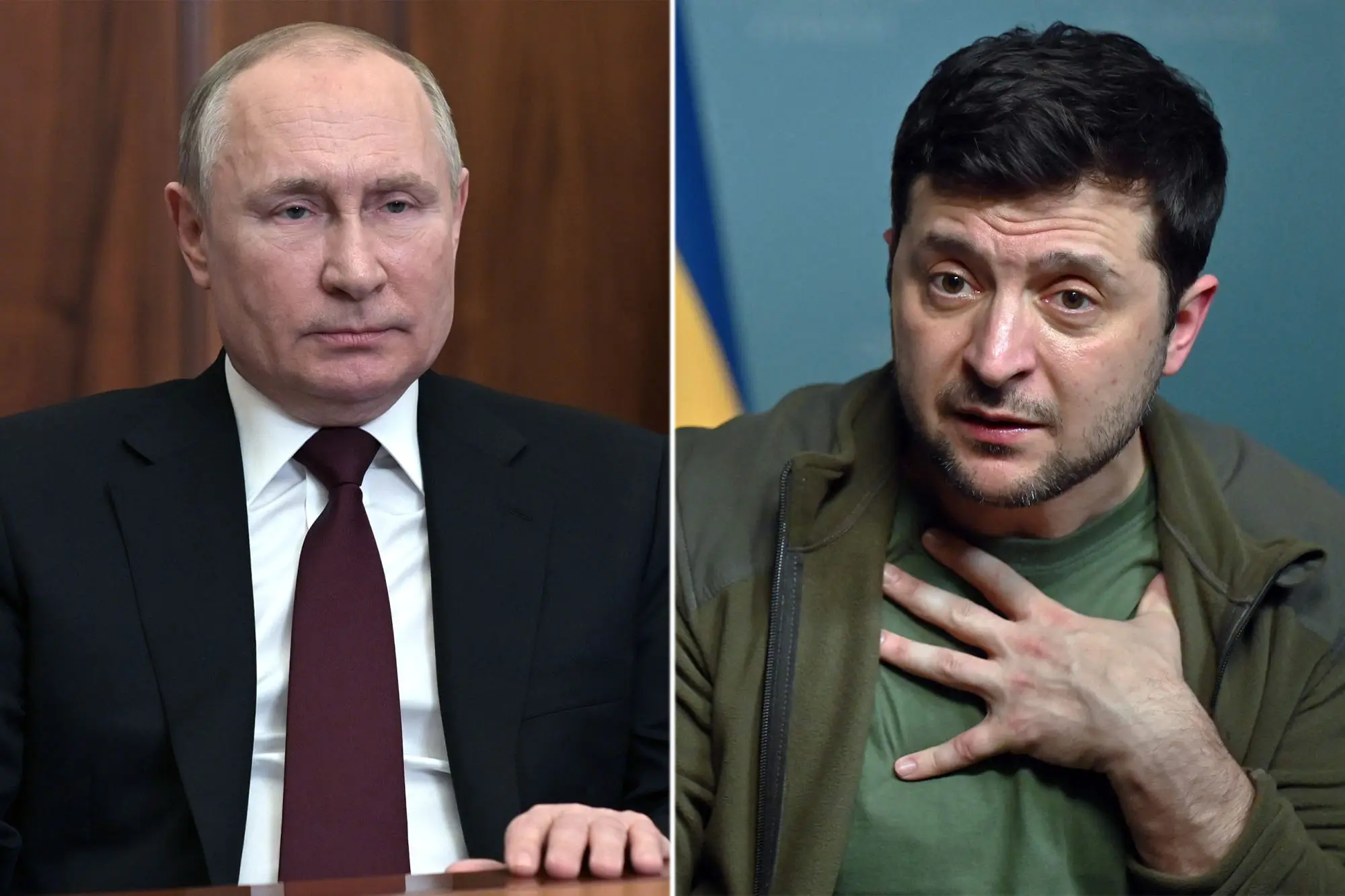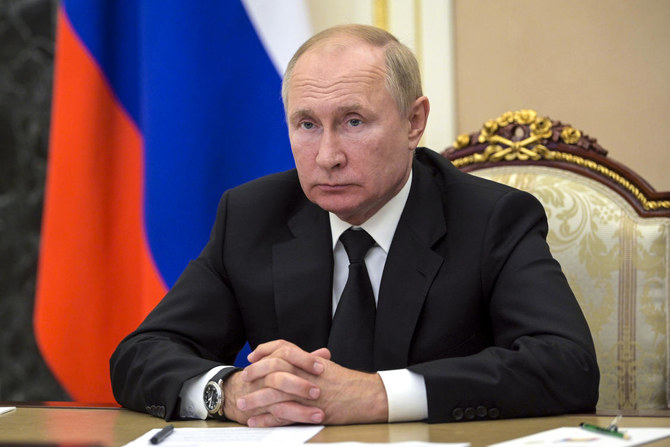The discussions focused on forming a ‘capability coalition’ to enhance Ukraine‘s ground-based air defense systems in response to Russia’s use of land attack cruise missiles in the region.

US Secretary of Defense Lloyd Austin emphasized the urgent need for member nations to supply Ukraine with air defense systems during the Ukraine Contact Group meeting on November 22
Despite Kyiv’s utilization of Soviet-era S-300 and 9K37 Buk systems to intercept Russian threats, the International Institute for Strategic Studies highlighted their struggle to replenish supplies. At a recent Ukrainian Defence Contact Group meeting, several nations reported delivering hundreds of Soviet-era missiles.
Lloyd Austin acknowledged the efforts to integrate Raytheon’s AIM-7 Sparrow and RIM-7 Sea Sparrow missiles into the Buk system, but challenges persist with the S-300. Capability coalitions, previously successful in providing F-16 jets and enhancing information technology capabilities for Ukraine, have gained momentum. Lloyd Austin expressed gratitude to France and Germany for spearheading the virtual discussions on the air defense coalition.
The European Sky Shield Initiative (ESSI) revealed divisions among European nations regarding air defense choices
Germany, leading the initiative, favors the Arrow 3 missile from Israel Aerospace Industries, while France seeks to boost European strategic autonomy with a system from the French arm of MBDA. Some nations, including France, Poland, Italy, and Spain, have yet to decide on joining the ESSI.
In a significant development, Germany and nine other nations inked agreements with Israel on October 11 for the purchase of air defense systems for the ESSI. This includes the Arrow-3, IRIS-T, and Patriot Systems, forming a layered air defense system. Despite the effectiveness of Patriot missiles in engaging Russia’s hypersonic Kinzhal aero-ballistic missiles in Ukraine, concerns arise due to the high consumption of interceptors.




